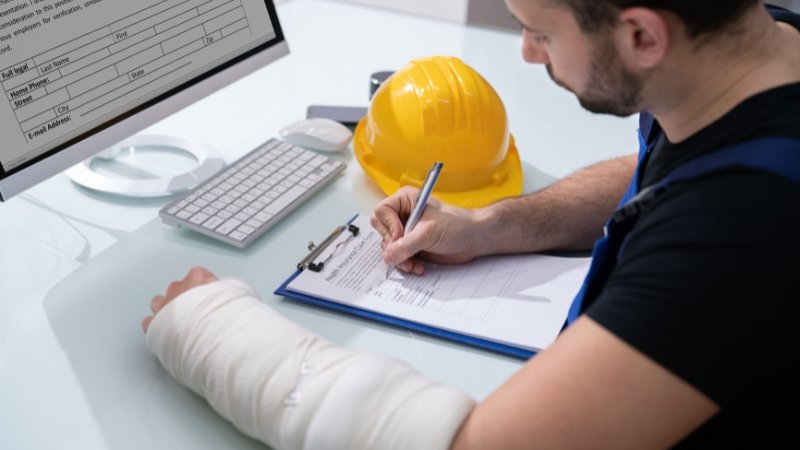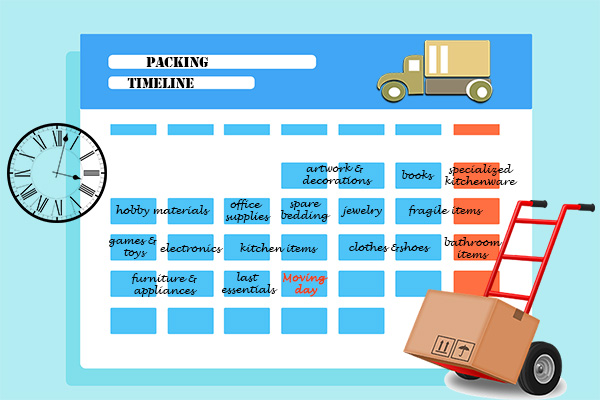E-waste Management Solutions- Helping Companies Manage Large Volumes Of Waste
Waste management is a challenging task for an industrial designer. It would help if you managed a complex and continuous stream of waste materials, which often harms the environment. In addition, managing large volumes of waste requires a team approach, with everyone involved in their role.
In e-waste management solutions, companies tackle the challenges head-on with innovative solutions that reduce carbon emissions while maintaining environmental friendliness. Read on to learn about e-waste management solutions and get inspired by all the intelligent solutions for green design and sustainable manufacturing.
What is e-waste management?
On a larger scale, e-waste is much more than just waste. It’s a pollution that flows through the environment and into human and natural systems. It’s also the by-product of human activities, including manufacturing and processing.
E-waste management solutions solve problems of when, how, and how much to produce and use materials that will be treated as waste. These materials can be biological (such as biological waste), physical (such as concrete), electronic, administrative, and intellectual.
What is the solution for e-waste management?
One of the best ways to handle e-waste is by designing a solution that addresses the granularity of the waste stream. This is important for these reasons:
- You can minimize the impact of large-scale operations on the environment.
- The waste materials flow through smaller systems that are often less polluting.
- You can maximize the benefit of the materials you manage. Overall, e-waste management solutions help businesses produce less waste and produce more value for the environment. You can minimize the impact of increased levels of government regulation on your business operations.
Solutions to handling e-waste
- Monitor Your Waste Activity- When it comes to e-waste management, it’s helpful to look closely at the waste streams your manufacturing and processing businesses generate. This includes the materials used in making your products, the types of materials, the method of making them, and the amount generated.
- Utilize Smart Technology To Monitor and Control Waste Activities- One of the best ways to manage waste is by digitalizing it. This means that you can reduce the scale and intensity of processes, eliminate intermediaries, and centralize control over the waste management process.
- Decide What Waste to Contain- One of the essential aspects of any waste management strategy is deciding what waste to contain. This includes the volume and type of waste that must be controlled. In other words, how much waste to treat as waste?
- Plan your e-waste storage and disposal- When managing waste, it’s helpful to have a plan. This includes setting up routines for collecting and managing waste which can help separate the good from the bad. This includes how much waste to remove from the production line, how to treat repairable waste, and how to store it for future use.
- Create and implement a Strategic Environmental Change Plan- It would help if you also considered how you could better manage your environment to reduce the amount of waste and impact on the environment. This can be done by planning an overall strategic environmental change plan for your company.
Bottomline
E-waste management solutions help control and manage the waste streams that flow through your business.
They also help minimize the impact of increased levels of government regulation on your business operations. These solutions also help reduce the amount of waste generated.






